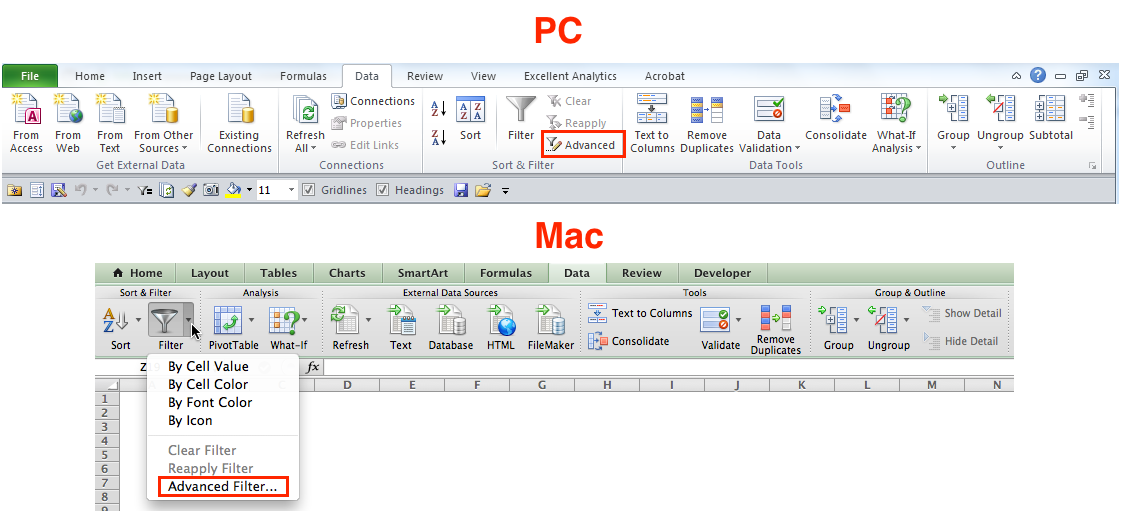

It’s pretty easy to set up data and create a chart in Excel.
Create a dynamic chart in excel for mac mac#
However, a table is a great starting point if it's a good fit for your situation. This exercise was done completely in Mac Excel 2016, and other than not knowing a few of the shortcuts I use everyday, it was not very different from working in Windows Excel 2016. There are several other ways to create dynamic ranges in Excel that we'll look at in other videos. In fact, one of the biggest advantages to using a table for a dynamic range is that you automatically have the ability to refer to each column, without creating additional named ranges.

If I paste new data at the bottom of the table, you can see that the formulas automatically take that data into account. Like the table itself, these references are dynamic. The same is true if I use COUNTIF to count sold properties. Tables also provide something called structural references, a special formula syntax that makes it easy to refer to all parts of the table by name.įor example, when I select the Price column as the input for AVERAGE, Excel will use a structured reference to refer to the prices column.

Note that when I select the data, Excel automatically uses the table name. Now that I have the table defined, I can use the ROWS function to get a count of all rows. Redshift vs redshift spectrum performance/PowerPoint Hangs Up at Startup on a Mac Businesses can use PowerPoint to create dynamic presentations for customers. In the Name Manager, the range will look like a static reference, but it's actually a dynamic range. The new table range will appear in the name box, and in the Name Manager. Once you have a table, you can adjust the formatting, and toggle the filters on and off.Įxcel will automatically give the table a name, but you can change this name if you like. When you click OK, Excel will create the table, apply formatting, and add autofilter controls. Excel will ask you to confirm if the table contains a header row. Just put the cursor anywhere in the data and use the keyboard shortcut Control + T. The easiest way to create a named range in Excel is to use the Table feature. The solution is to create a dynamic named range that expands and contracts as data is added or removed. If I copy and paste data for six more properties below the existing data, the range doesn't expand, and any formulas that refer to the range will show incorrect results. The problem is that this range is not dynamic. For example, I can create a range called "data." Then, using the ROWS function, I can get a total count of properties. I can easily create a named range for this data. This table contains data for ten properties. This is the simplest way to create a dynamic named range in Excel.
Create a dynamic chart in excel for mac how to#
In this video we'll look at how to create a dynamic named range with a Table.


 0 kommentar(er)
0 kommentar(er)
